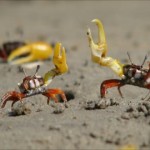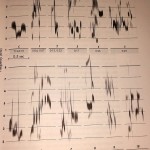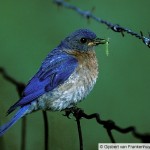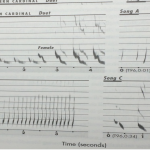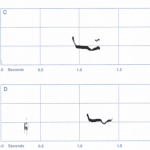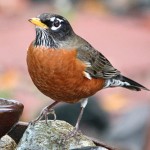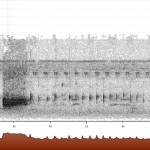This gallery contains 2 photos.
Meet our friend Uca terpsichores, known commonly as a type of fiddler crab. Fiddler crabs are a group of small crabs that may be found in shallow waters of oceans, swamps, mangrove, and lagoons. They are known for the funny, … Continue reading

